Repost from: https://marketingland.com/how-dynamic-creative-will-finally-reach-the-tipping-point-239430
In an industry where a lot of lip service is paid to one-to-one marketing and tailoring a brand’s advertising to the individual, far too few brands have harnessed the power of dynamic creative for their campaigns. There’s a simple reason for that: It’s hard.
Despite extensive evidence of dynamic creative’s effectiveness, certain stars in the dynamic creative space simply haven’t aligned to enable the segment to tip over into widespread adoption. But that’s about to change. In fact, it’s changing as we speak.
Here are the two critical shifts that are going to put dynamic creative into the majority of digital campaigns going forward.
Dynamic creative is becoming user-friendly
Over the past few years, the race toward programmatic has put creative on the back burner. Distribution and technology have been prioritized over the ads themselves, and that’s a problem. For marketing and advertising to be successful, the creative and messaging must be the focal point.
Our industry’s technology obsession is also the reason dynamic creative hasn’t reached a tipping point yet. A great deal of technological complexity has been introduced into the creative process, and that’s counterintuitive to how great creative is produced.
We’ve sliced and diced the ads in a number of ways, and the resulting processes for producing the ads (and the interfaces designed to “facilitate” the process) are exceptionally cumbersome and not the least bit intuitive. Great creative minds simply can’t shine when bogged down by such systems. It’s not how they work.
But at last, all that is changing. Dynamic creative technology and its interfaces are becoming simplified to the point where the world’s most creative minds will soon be able to leverage these tools to achieve their true visions — not some pale imitation of their visions.
Once we reach this point, our industry can look forward to an explosion of creativity — personalized creativity, at that — within the digital space.
Publishers are becoming data powerhouses
Underneath effective dynamic creative lies an essential foundation of data. More and more players are building these foundations of data, and they are becoming more robust and more adapted to serving the needs of marketers leveraging dynamic creative.
A lot of the trends empowering this data infusion into the dynamic creative space are happening at the publisher level. Over the past 18 months, we’ve seen a massive cleanup happening in the publisher and ad inventory realm. Bad actors have fallen by the wayside, and the meaningful players that remain are strong and have scale.
They also have an exceptionally acute — albeit somewhat new — understanding of the importance of the data they have at their fingertips. Content and data at scale — that’s a powerful combination.
Smart publishers today are beginning to leverage their rich user data in new ways for the benefit of their advertisers. This includes providing the data foundation to drive a great dynamic creative campaign based on contextual relevance.
Consider, for example, if you’re a Giants fan who frequents a major sports publisher’s site. That publisher knows you are a Giants fan. If your Giants beat the Dodgers that day, that publisher knows you might be in a particularly celebratory mood that evening.
A Giants-themed piece of creative from Budweiser, encouraging you to celebrate your team’s win as you’re reading about it, could be quite well-received. Of course, that piece of creative is being generated dynamically, and it’s the data foundation — connecting you to the event and to the content you’re reading — that makes this little bit of advertising utopia possible.
It’s early days for many publishers, even the big ones, when it comes to fully leveraging their data. But as they become more adept in this arena, it’s going to be a significant boon to the ad industry, and dynamic creative is a promising application of this newly weaponized data power.
When you combine this with the forthcoming wave of user-friendly design interfaces, you’ll see that dynamic creative isn’t just about to reach its tipping point. It’s about to blow right past it.















